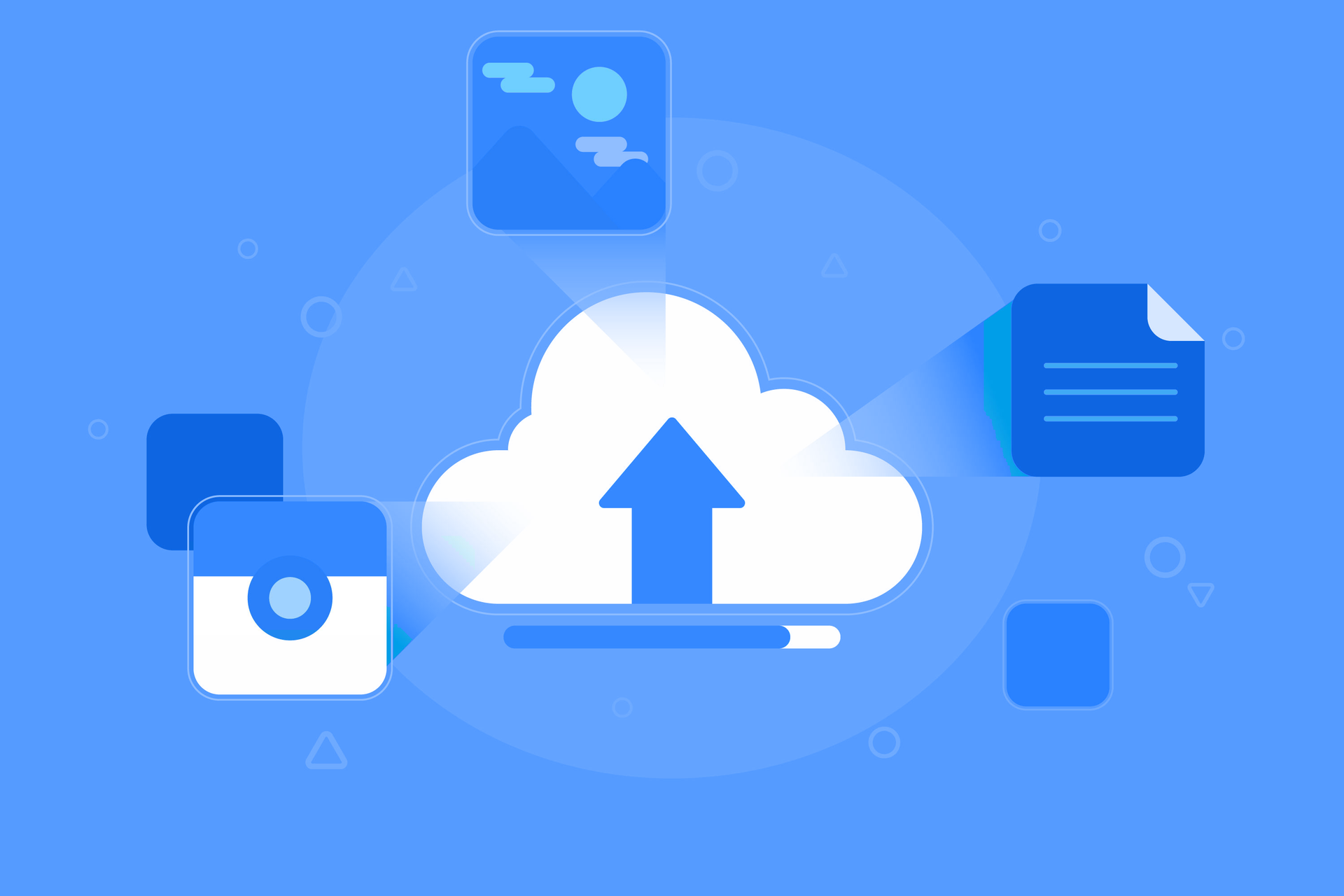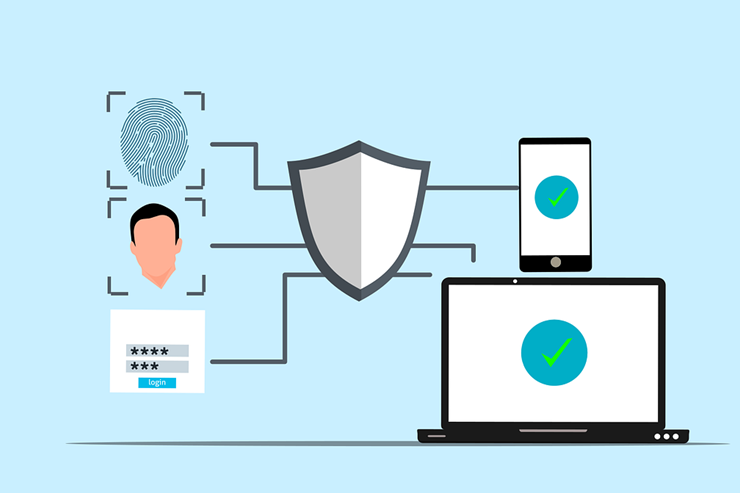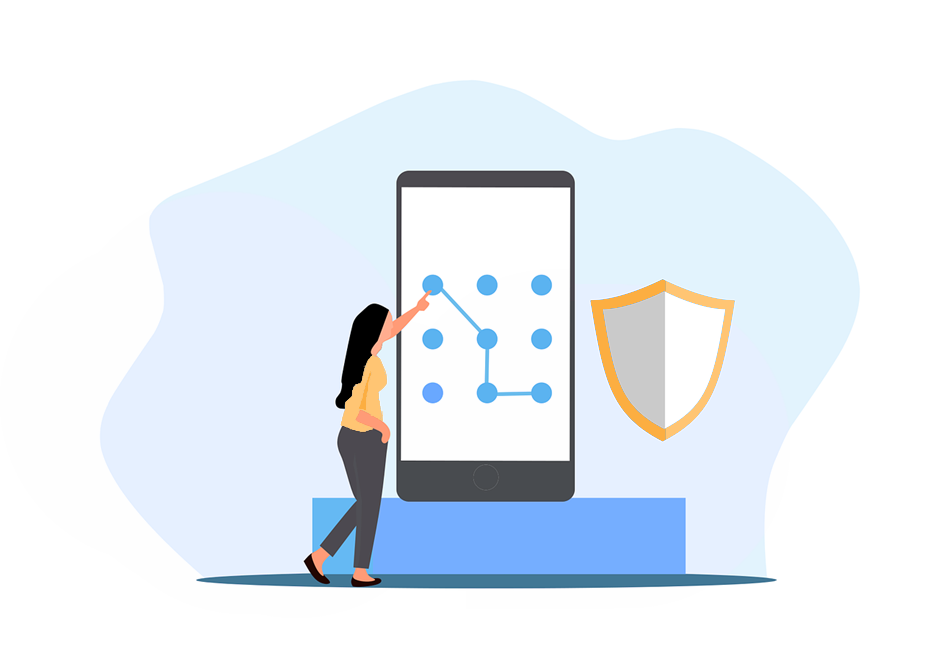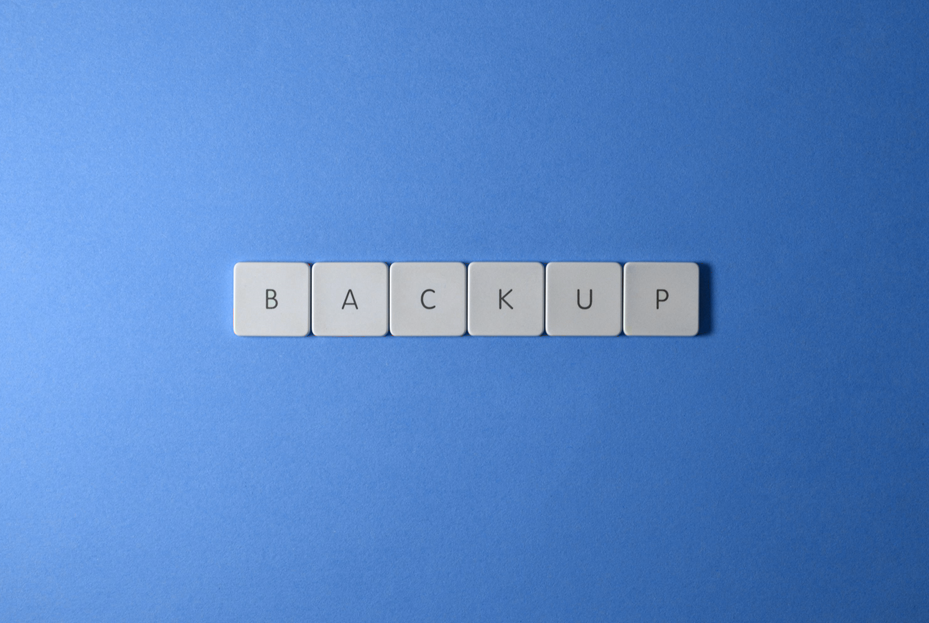Choosing the right business dashboard
July 1, 2019

Dashboards have become extremely useful tools for companies to make the most of their raw data. With proper implementation, a dashboard can display essential information in an easy-to-understand format, allowing business owners to easily make informed decisions. But a dashboard can say a lot of things depending on its setup, and it’s important to choose one that can best serve your purpose. Here are three types of business dashboards to consider.
Strategic dashboards
Ideal for senior managers and executives, strategic dashboards are designed to help identify potential opportunities for business expansion and improvement. This type of dashboard gives a bird’s-eye view of your business and track performance metrics against enterprise-wide strategic goals.
They summarize performance over set time frames: past month, quarter, or year. They can contain anything from overall sales numbers to sales and revenue comparisons to inventory levels, making it easy for executives to understand the overall health of the organization and monitor the long-term company strategy.
Operational dashboards
Business owners use operational dashboards to monitor and measure in real time the effectiveness and efficiency of their employees’ progress in relation to their targets. Since these dashboards focus on tracking operational processes, they are often more detailed than strategic dashboards and are usually viewed by junior levels of management multiple times throughout the day.
They are also commonly found in departments that need to respond to critical information quickly, such as marketing and operations. They help departments stay proactive and ahead of problems. For example, marketing teams can use this type of dashboard to monitor their campaign’s metrics such as cost per acquisition, total number of clicks, total acquisitions gained, and the total amount spent. Any significant changes would immediately alert the team. The operations team of manufacturing firms, on the other hand, may use this to track products manufactured, number of defects, complaints, and returns. They are then alerted right away when performance falls below targets.
Analytical dashboards
When it comes to creating and implementing strong business strategies, understanding the trends and events in your data is crucial. Analytical dashboards use volumes of data collected over time so you could compare current against historic data, enjoy in-depth analysis, identify patterns and opportunities, and determine why processes are working in certain departments. These dashboards present complex data, utilizing complex models and what-if statements, so they are commonly just used by staff with advanced training such as business analysts.
How do I know which dashboard to choose?
To help you choose which dashboard best suits your needs, you can ask yourself the following questions:
#1. What business problems are we trying to solve?
Strategic dashboards – Top-line organizational KPIs
Operational dashboards – Data awareness and time-sensitive data
Analytical dashboards – Trends or deeper insights
#2. Who will be using the dashboards?
Strategic dashboards – Executives, directors
Operational dashboards – Business managers
Analytical dashboards – Business analysts, data analysts
#3. What are our goals?
Strategic dashboards – Strategic goals, such as achieving KPI targets
Operational dashboards – Employee awareness and tracking against goals
Analytical dashboards – Analytic goals, such as visibility into key processes
Dashboards concentrate all data, metrics, and parameters in one place, bringing a totally new dimension to business intelligence. Your company can significantly benefit from the right dashboard. If you’re looking to implement dashboards for the first time or to enhance the functionality of your current dashboard, get in touch with us today.
Published with permission from TechAdvisory.org. Source.

A slow computer or a frozen screen are the worst things that can ruin your day. You've most likely dealt with outdated technology on multiple occasions if you manage a small business. It may seem cost-effective to extend the life of outdated equipment, but the long-term costs are frequently higher. Due to technological issues like sluggish PCs and antiquated laptops, small businesses lose about 98 hours annually, or 12 working days . This is why it's important to have an IT refresh plan. It helps you stay safe, prevents unplanned malfunctions, and keeps your team operating efficiently. Regardless of whether you outsource managed IT services or handle them in-house, a solid refresh strategy can save time, stress, and money down the line.

Does your small business ever feel like it has too much data? This is a fairly typical occurrence. The way small businesses function has changed as a result of the digital world. In addition to customer emails and backups, we now have an overwhelming amount of data to manage, including financial statements, contracts, logs, and employee records. According to a PR Newswire survey, 72% of company executives say they have stopped making decisions because the information is too overwhelming. All of this data can easily become disorganized if improperly handled. By implementing the appropriate data retention policy, effective IT solutions assist. A strong data retention policy keeps your company compliant, organized, and cost-effective. Here's what should be deleted, what should be kept, and why.

Selecting the best cloud storage solution can be similar to being faced with an endless buffet of options, each one claiming to be the best. A poor choice may result in lost revenue, compromised data, or even a snag in productivity. The stakes are extremely high for small business owners. Regardless of your level of experience, we will guide you through this thorough guide to help you choose a cloud storage solution that is specific to your company's needs.

Cyber threats are a daily reality for small businesses navigating an increasingly digital world; they are not merely an abstract concern. Financial and reputational harm can result from ransomware attacks, phishing scams, or unintentional data leaks. In order to reduce the risks, more businesses are using cyber insurance. Not every cyber insurance plan is made equally. Many business owners think their policy covers them, but they discover (too late) that it has significant gaps. We'll explain exactly what is and isn't covered in this blog post, along with how to pick the best cyber insurance plan for your company.

Have you ever questioned how susceptible your company is to online attacks? Nearly 43% of cyberattacks target small businesses , frequently taking advantage of lax security measures, according to recent reports. Multi-Factor Authentication (MFA) is one of the most underutilized yet powerful ways to safeguard your business. Even with your password, hackers will find it much more difficult to obtain access thanks to this additional security measure. The implementation of Multi-Factor Authentication for your small business is explained in this article. Knowing this will enable you to take an important step toward protecting your data and guaranteeing more robust defense against possible cyberattacks.

Managing a small business requires a lot of multitasking. These hats include operations management, customer service, and maintaining order. AI-powered automation is a solution that can reduce the workload. Small business owners can now automate tasks that were previously done by hand thanks to technological advancements that have made these tools more affordable and accessible than before. There's no need to hire a big staff or spend a fortune. AI can manage a large portion of your hectic workload, allowing you to concentrate on more crucial facets of your company. AI can act as your virtual assistant, increasing productivity and simplifying processes, whether you're a small team manager or a solopreneur. This blog post explores how you can automate everyday tasks and free up your time if you want to learn more about how AI can change your company. We'll demonstrate how to use reasonably priced AI tools to reduce repetitive tasks, save time, and increase business efficiency.

In today's digital world, cyber threats are smarter than ever. Weak passwords or old ways of proving who you are can cost people and businesses money, steal their data, or steal their identities. A strong password is the first thing that will keep hackers out, but it's not the only thing that will work. This guide goes over the basics of strong passwords, two-factor authentication, and the best ways to keep your accounts safe. We'll also talk about new ways to check things and things you should never do.

A sophisticated type of cyberattack known as "password spraying" uses weak passwords to acquire unauthorized access to numerous user accounts. This approach focuses on using a single password or a collection of passwords that are frequently used across multiple accounts. The goal is to circumvent standard security protocols, such as account lockouts. Password-heavy attacks are highly effective because they target people and their password management practices, which are the biggest weakness in cybersecurity. This ar ticle will describe how password spraying operates, address how it differs from other brute-force attacks, and go over how to detect and prevent it. We will also discuss how businesses can defend themselves against these threats and examine real-world examples.

What would happen if tomorrow your company lost all its data? Would your operations come to a complete stop, or would you be able to recover? Data, including communications, financial records, product files, and customer information—is the lifeblood of any small business. However, data security is frequently neglected. After a disaster, 25% of small businesses close within a year, and 40% never reopen , according to the Federal Emergency Management Agency (FEMA). That represents an incredible 65% failure rate because of inadequate preparation. The good news is here. An enterprise budget and a dedicated IT staff are not necessary for disaster data protection. You can create a backup and recovery plan that reduces downtime and provides you with peace of mind if you have the right approach, the appropriate tools, and a little forethought. In this blog post, we will discuss practical and easy-to-follow advice to help you protect your most valuable business asset: your data.

